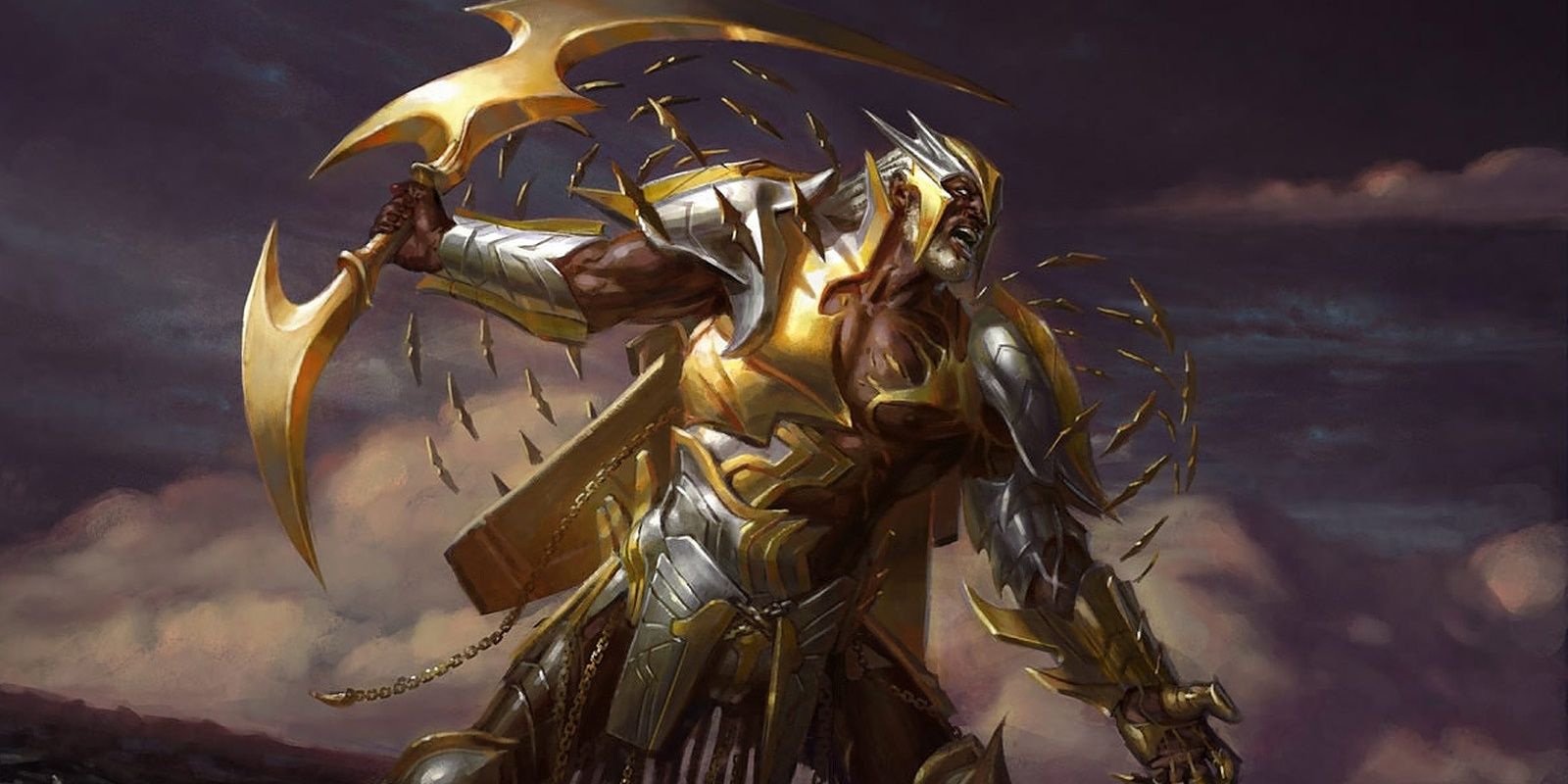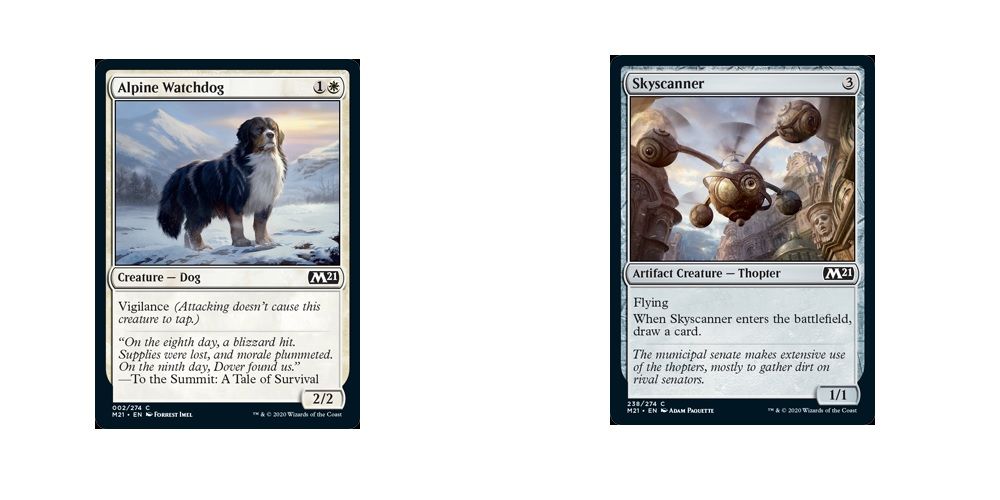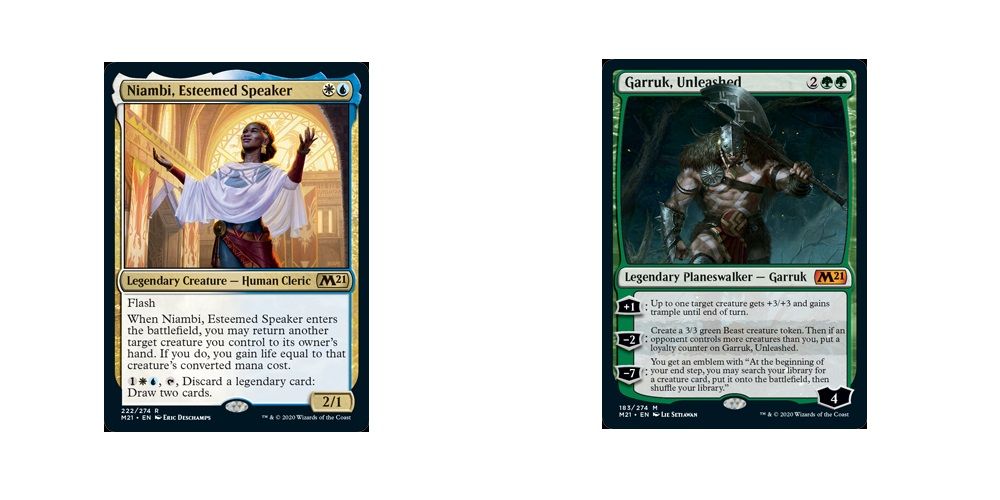Magic: The Gathering has been around since 1993, and the card pool has grown truly enormous. How can players sort through over 15,000 unique cards? One way is to sort them by color or tribe, such as the Elf tribe or the Goblin tribe. However, the most universal way is to sort them by rarity, and experienced players can tell a card's rarity at a glance.
Novice players may not be sure how to tell cards apart based on rarity at first. After all, all card types of all colors appear in the four rarities, and when it comes time to organize a collection, it's a good idea to set aside the rare and mythic rare cards. Newcomers can learn a few basic patterns and signs of the four rarities to help them sort their cards with ease -- even by the thousands.
Rarity and Compexity
Rarity affects Magic: The Gathering cards in more ways than their supply. It's true that a given common card will have more printed copies than a rare or mythic rare card, but this really only affects card shopping. It may be noted that within the last 15 years, Wizards of the Coast designers decided that common cards should not be too complex; if they were, then the overall card set would be overwhelming, so common cards are meant to be very basic (and not too powerful, either).
For this reason, common cards have relatively little rules text in their lower half, and a few of them don't have any rules text at all (these are "vanilla" creatures). At a glance, if a card has just one or two lines of rules text in a big font, and then some italicized flavor text, it is probably a common or uncommon.
What is more, the expansion symbol in the middle-right section of the card will be color-coded accordingly. Common cards have a black symbol with a thin white border, and uncommon cards have a silver symbol with a thin black border. Often, when a player is sorting their card en masse, commons and uncommons are pooled together, since the player will care most about the rare and mythic rare cards. Only a select few commons or uncommons, such as Sensei's Divining Top, Expedition Map, Remand, and the Urza lands are set aside from the common/uncommon pool.
Setting Aside Rare & Mythic Rare Cards
As far as rare and mythic rare cards go, there are some exceptions where the card has just a few lines of rules text in a large font. Otherwise, though, rare and mythic rare cards tend to be the most complex and powerful in the game, and their many abilities and effects can inspire entire decks, with these cards at the core. That applies to both constructed decks and games of booster draft Limited alike.
A player may glance at a card and see a lot of rules text, and realize that it's probably a rare or mythic rare. Then, they can check the rarity symbol to confirm it. A rare card's expansion symbol is gold with a thin black border, and a mythic rare card's symbol is reddish-bronze. With this color code, a player can even just check the expansion symbol alone and see what rarity the card is.
Planeswalker cards are in a league of their own, having a unique card frame consisting of several loyalty ability markers on the left side and starting loyalty on the lower right. Nearly all Planeswalkers are mythic rare, with the exceptions being found in the War of the Spark set, which also have fewer than three loyalty abilities.



